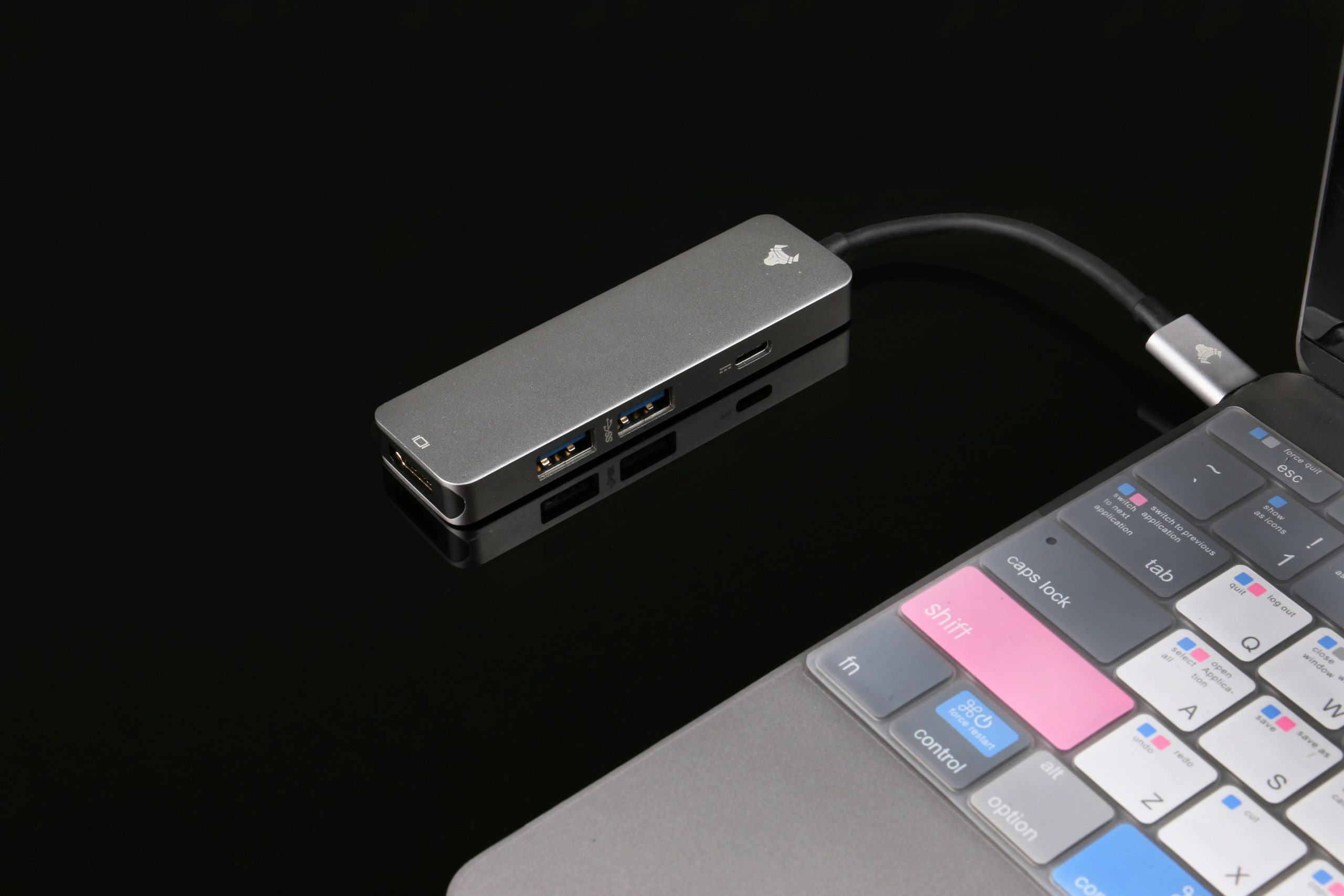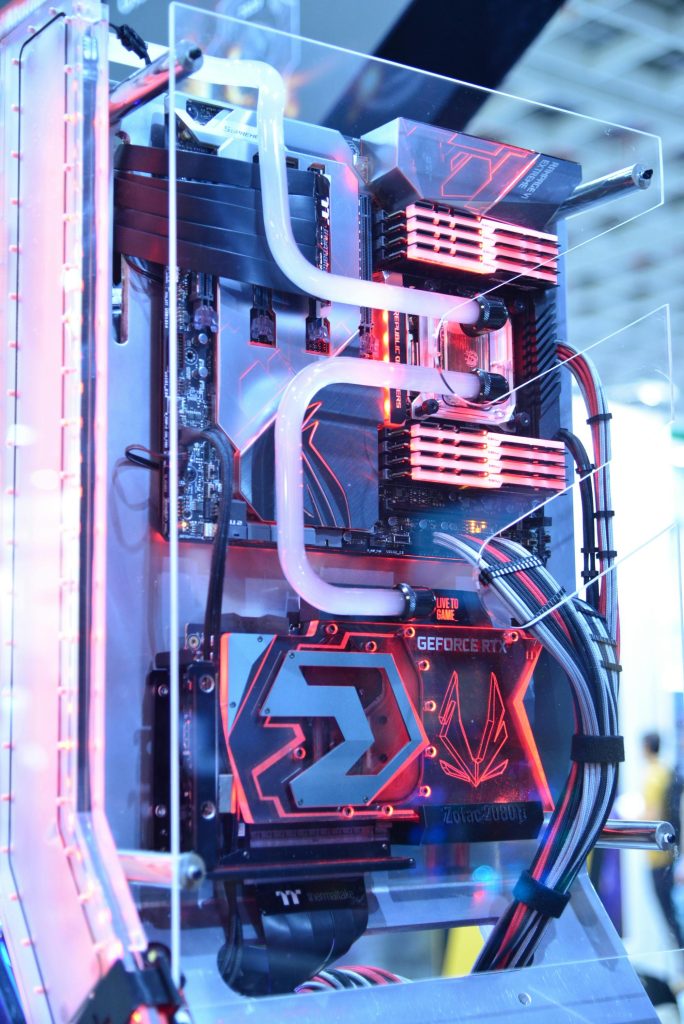Troubleshooting Boot Recognition Issues with USB Devices on Victus HP Laptops
Installing a new operating system can be an exciting process, but it sometimes comes with unexpected technical challenges. One common issue encountered by users is the system failing to recognize a bootable USB drive during startup. If you’re experiencing this problem with your Victus HP laptop, even after disabling Secure Boot and attempting multiple Linux distributions, this guide offers some insights and troubleshooting steps to help you resolve the issue.
Understanding the Challenge
Many modern laptops, including the Victus HP series, come with UEFI firmware that prioritizes security features—such as Secure Boot—to prevent unauthorized operating systems from loading. While disabling Secure Boot is often necessary when installing alternative OSes like Linux, this alone may not guarantee that your USB device will be detected as a boot option.
Common Symptoms:
– The bootable USB drive is recognized on other computers (e.g., a desktop PC).
– The USB drive does not appear as a boot option in the laptop’s boot menu.
– No legacy boot options are visible, especially if the firmware enforces UEFI mode exclusively.
Potential Causes:
– The USB drive’s format and partition scheme may not be compatible with UEFI.
– The USB creator tool may not have configured the drive properly for UEFI boot.
– The laptop’s firmware settings may still be restricting boot options.
– Secure Boot is disabled, but other BIOS/UEFI settings prevent recognition.
Step-by-Step Troubleshooting
- Verify USB Bootable Media Creation
Ensure that your USB drive was created properly: - Use recommended tools such as Rufus (Windows), balenaEtcher, or UNetbootin.
- Select GPT partition scheme for UEFI if your system uses UEFI mode.
-
Format the drive as FAT32, as many UEFI systems require this filesystem for bootable USBs.
-
Check BIOS/UEFI Settings Thoroughly
- Secure Boot: Confirm it remains disabled.
- Boot Mode: If possible, enable “UEFI only” mode; if “Legacy” or CSM is available, toggle accordingly.
- USB Port Selection: Try different USB ports, especially USB 2.0 ports, which are often more compatible.
-
Enable/Disable Fast Boot: Sometimes disabling fast boot can help the system detect USB devices more reliably.
-
Update Firmware
- Check for BIOS/UEFI firmware updates from HP’s official website.
- Updating firmware can resolve compatibility issues with boot devices.
4.
Share this content:



